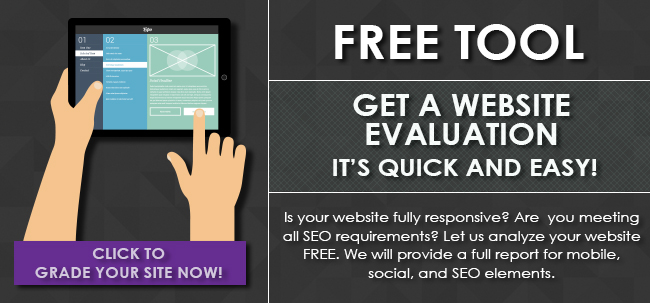
This 2020, most marketers are looking into the idea of upgrading their websites. Why is that so? Website optimization and an overall web strategy are important for businesses to function effectively. Accessibility should be the top priority. These include a continuous monumental shift to mobile devices, transparency and disclosure of information, and properly interpreting the user's intent. You should build your web strategy around your audience’s needs first. By providing a great user experience, it will allow you to easily deliver your message and meet your business goals.
Learn these simple strategies on how to improve your website.
- Keep being transparent.
Your goal is to lead with transparency. Websites are now considered the best tool to build trust and credibility with prospects and customers. Users want to feel like they are in control of their website experience, which means share more, not less. Aim to have a public-facing pricing page because by making your pricing readily available to your customers, it lends credibility to your brand, and it either qualifies or disqualifies prospects for you. Additionally, make your pricing easy to understand and have a clear call to action to complete the sale.
Product reviews are another valuable tool because it creates credibility. Your prospects generally trust other customers’ opinions and you should use it to your advantage. They will find honest reviews about your product whether you choose to feature them on your site or not. Taking the lead and putting them on your website helps keep it under your radar and it also builds credibility in your brand.
- Prioritize going mobile accessibility first.
Mobile usage rates continue to rise and will continue to rise in the coming years, which would give a huge shift in business-to-business transactions. Approach your copy, design, and conversions with a mobile mentality and the desktop experience will improve as well. With this approach, it will force you to be more thoughtful and concise with content creation. This does not mean creating less content. It means focusing on clarity and conciseness. Bite-size information is a good strategy for grabbing attention and enticing your audience to read more.
Font and type size are also important in helping drive a better user experience. Make sure hyperlinks are easily identifiable. Make sure experiences are accessible for those who need it because makes it better for everybody. Designs and the rest of it will just fall into place.
- Stop giving users limited or outdated choices
You need to stop forcing your website visitors down the conversion path you want them to take. Instead, start making the effort to understand the users’ intent. Different visitors are looking for a different type of information and may not really interested in purchasing your product. Perhaps it is for educational resources or a support center for customers. A general website map that connects the most appropriate calls-to-action for different sections of your site is necessary so you can run experiments from time to time to optimize the best user experience and conversion rates for your business on specific pages. Give your audience an opportunity to get in touch however and whenever they choose.



.png?width=352&name=SCS%20-%20Blog%20Template%20(93).png)

